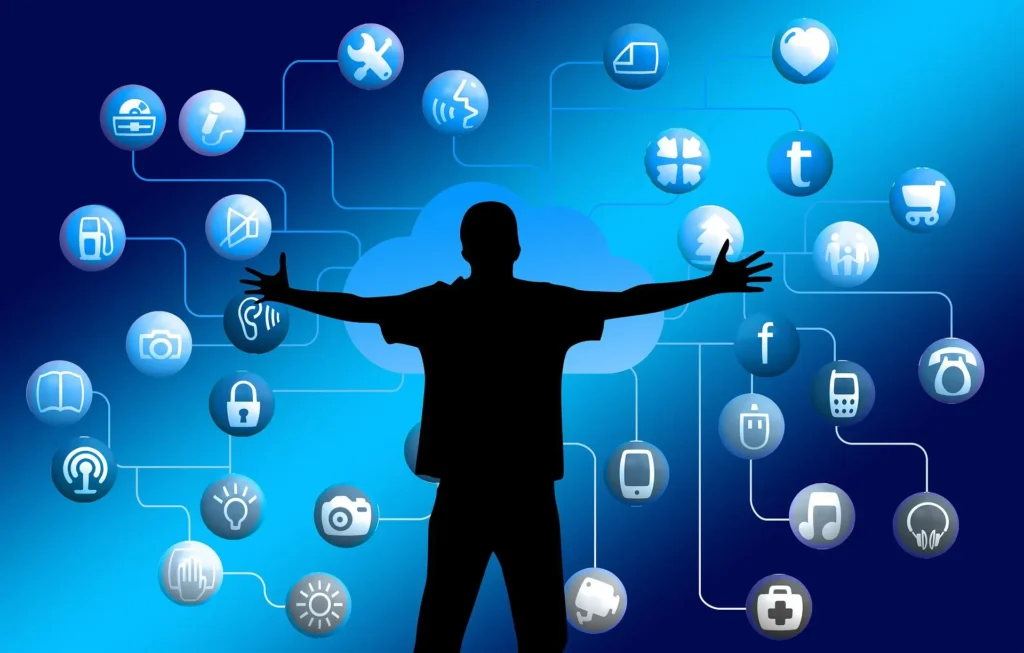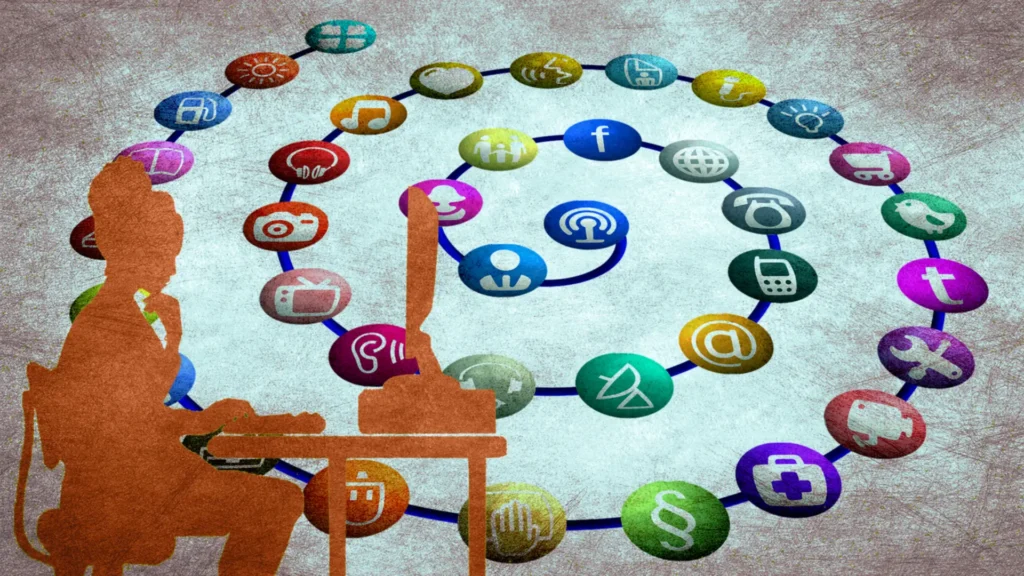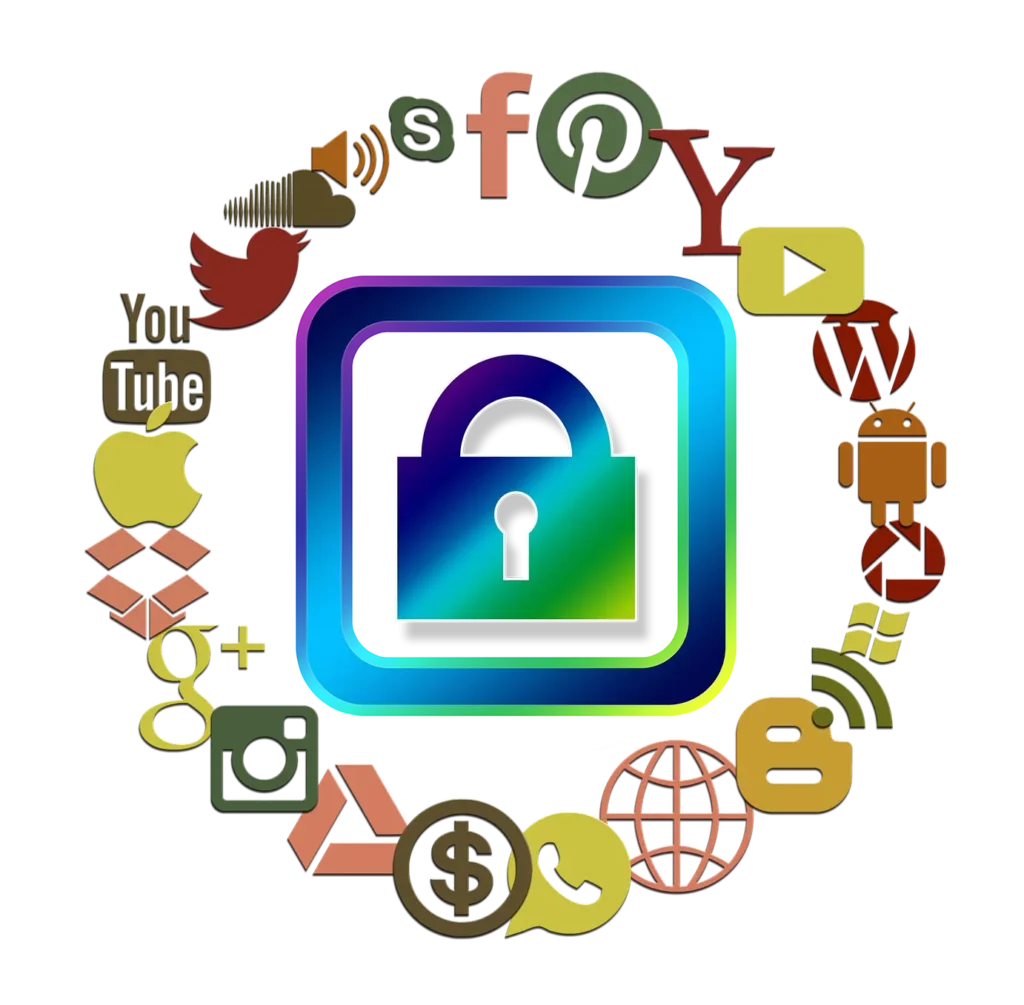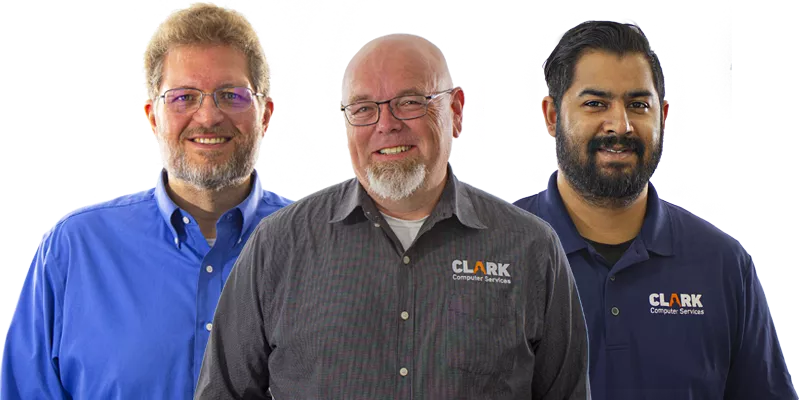Managing Social Media Isolation
Chuck's Cyber Wall
Social media can be a great way to connect with people, market your business, and explore interests, and you can follow us on Facebook here. When I find a topic that interests me, I join groups, comment on posts, and add friends. As a result, I get more information on that particular topic in my newsfeeds. Most of you likely do the same.
Unfortunately, for many of us, the last couple of years on social media has been rough. Divisive messages have been pushing us apart and instigating visceral reactions. Studies show that most people have either read and responded to these divisive posts or unfollowed, unfriended, or blocked them all together, depending on the platform. With the way social media algorithms work, this activity leads to an isolation phenomenon that could potentially be mentally unhealthy.

newsfeed algorithms
As I mentioned earlier, when I find something interesting, I perform actions that bring more information to my newsfeeds. Divisive messages unintentionally do the same things. When you respond to them, positively or negatively, the algorithms assume you want more of that type of content. So in the days, weeks, months, and even years after the event that caused the divisive messages ends, our newsfeeds continue to display the same content type. This flow of information becomes self-perpetuating, dominating newsfeeds with one specific type of message.
graphical options
As I mentioned earlier, when I find something interesting, I perform actions that bring more information to my newsfeeds. Divisive messages unintentionally do the same things. When you respond to them, positively or negatively, the algorithms assume you want more of that type of content. So in the days, weeks, months, and even years after the event that caused the divisive messages ends, our newsfeeds continue to display the same content type. This flow of information becomes self-perpetuating, dominating newsfeeds with one specific type of message.

Those who take the opposite action and purposely unfollow, unfriend, or block the divisive content do much the same thing. In this case, the algorithms cause newsfeeds to lack any thoughtful diversity. The more aggressively we unfollow and unfriend, the more subdued and bland the content becomes.
In both cases, we’re isolating into a type of social media tribalism that feeds into this divisive culture. Human beings are inherently tribal creatures – we want to band together with those who think and feel the same as we do. Based on how we respond, social media algorithms continue to feed us the same ideological continent while inadvertently policing against other ideals, limiting our perspectives.
But we are NOT helpless against it.
taking back control
It’s easy to blame social media platforms, but ultimately, the algorithms are only trying to give you more of the content for which you appear to be interested. As much as we want there to be an omnipresent malicious boogeyman pulling the strings in the social media platform’s background, that just isn’t the way it works. On the other side of that, though, people who post this divisive content understand that this is how the algorithms work. They post with the express intent of manipulating the algorithms to manipulate you.
How do you take back control?
There are a surprising number of ways that we can pull ourselves out of this perpetuating circle of tribal isolationism, but here are some of the easiest:

Flag Ads as Irrelevant: when you get ads or suggestions you don’t want to see, mark them as “irrelevant”, this will tell the algorithms that you’re not interested in this general type of content and reduce the amount of it that you see in your newsfeeds.
Be More Inclusive: if you’ve been aggressively blocking, unfollowing, or unfriending people who have a different idealogical outlook, consider taking a step back and re-evaluating the action – it is possible that you have more in common than you think.
Check Out Less Biased Sources Before Sharing or Reacting: while there is no such thing as an unbiased source in this world, there are those who strive to minimize the political or ideological slants, seek them out rather than relying on one source that always says exactly what you want to hear. Getting your news solely through social media is a terrible practice.
Think For Yourself: those posting divisive content are trying to manipulate you, typically taking kernels of truth and twisting them to push their own agendas. No matter who is pushing the content, be skeptical, this is not something only one side does, they all do it.
Don’t Treat People Like Enemies: just because someone supports a different political party or sports team does not make them your mortal enemy. You can still be civil, have a pleasant conversation, or share funny gifs with someone on the other side.
be security conscious
Not everyone who creates divisive posts is doing it to try to sway your opinion on something. There are a lot of bad actors out there who want nothing more than to steal your information to sell on the dark web. Polls, quizzes, and links that have political or ideological slants are often used to trick people into revealing information about themselves on social media. And the worst part is that very often we share these types of posts with our friends and family.
No matter how relevant or how much fun the posts seems, on social media never give out:
- your home address
- your phone number
- first pet name / favorite pet name
- first concert attended
- city where you were born
- parents names
- street address where you lived as a child
- best childhood friend name
I could go on, but hopefully, you see the pattern. These are all security questions used by financial institutions and security software. Giving this information out is a sure way to set yourself up for identity theft.

take some time offline
Too many of us are triggered by social media, often without realizing it. The best thing you can do is get away.
Go for a walk.
Unplug for a little while.
Sometimes spending time away from social media is the best thing you can do for your mental state.

Director of Cybersecurity and Marketing
I’ve always had a love of working with technology, being fortunate enough to have grown up with a grandfather who taught me how to fix things for myself and not be afraid to jump in and get my hands dirty. Over the last three decades, I’ve worked as a technician, trainer, technical writer, and manager in small businesses, enterprise organizations, and government. In addition, I’m an author, having published multiple works available online and in print. You can find my creative work at https://WritingDistracted.com

